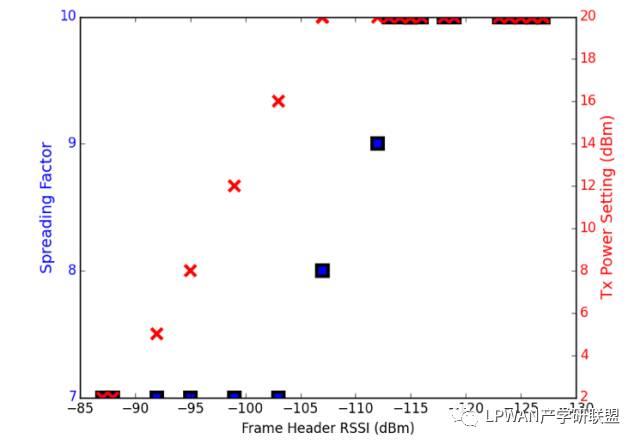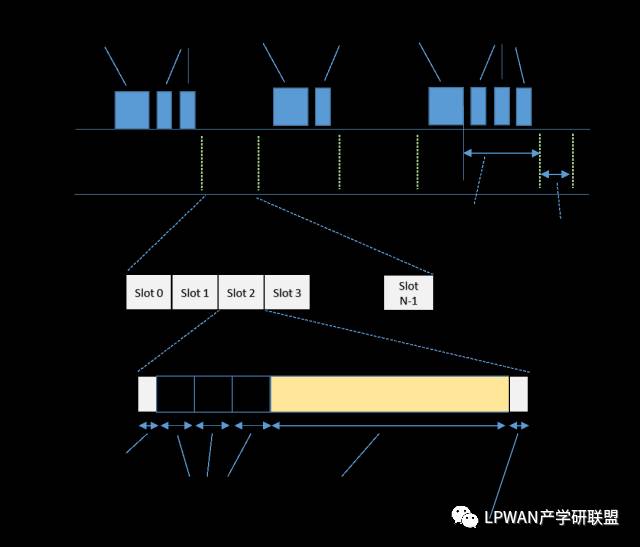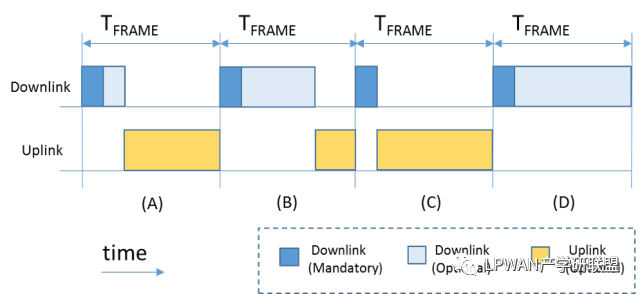Recently, a paper titled “Do LoRa Low-Power Wide-Area Networks Scale?” published by Martin Bor and Utz Roedig from Lancaster University, UK, pointed out that the scalability of LoRaWAN is currently not very good based on the deployments and tests conducted. According to the tests in the paper, a single LoRaWAN gateway can stably support 120 nodes, with each node transmitting 20 bytes of data every 16.7 minutes. Such results impose limitations on many related application scenarios. (For those interested in this paper, you can check the link provided at the end of the article.)
In response to the concerns raised by this paper, Brian Ray, Chief Technology Officer of LinkLabs, provided an explanation. There are five factors affecting the scalability of LoRaWAN:
1. All communications between the base station and nodes must use the same channel;
2. The air transmission time is too long (up to 2 seconds);
3. All uplink transmissions are asynchronous (pure ALOHA protocol);
4. The base station is in a “disconnected state” during transmission, but the nodes wanting to send data are unaware;
5. The SX1301 has only eight channels.
However, the LoRa Alliance currently finds it difficult to address these issues, as the established goal is to maintain backward compatibility. Nevertheless, a dynamic parameter selection algorithm has been proposed for the current protocol to significantly improve network throughput and stability, especially in network environments that do not require a large number of base stations. This algorithm enhances the scalability of LoRaWAN from the following six aspects:
☑ 1. Fast Frequency Hopping
Each node corresponds to only one base station. This gateway broadcasts the available uplink frequency for the current frame of this node, allowing the base station to pseudo-randomly use the entire ISM band to provide uplink traffic while minimizing collisions and conflicts with other gateways or uplinks in the network.
Additionally, if a base station detects interference on a specific frequency band, it will not use that band to open uplink channels. By using frequency hopping to create hundreds of uplink channels, nodes under this algorithm fully comply with FHSS (Frequency Hopping Spread Spectrum rules), which means that if necessary, the transmission power can be 1W. LoRaWAN’s certification in the United States requires a low-power “hybrid” model, as frequency hopping allows LoRaWAN to obtain more than 8 channels.
☑ 2. Dynamic Selection of Transmission Power and Spreading Factor
To fully utilize the orthogonal spreading factor (each channel of the base station can receive multiple transmissions), nodes must use the spreading factor with the shortest air transmission time.

Additionally, since LoRa has a dynamic range of only 20dB, nodes close to the base station must transmit at a power lower than the maximum power. Nodes under this algorithm achieve this by measuring the RSSI of the gateway frame header every two seconds, just before transmission. They then calculate the RSSI of the reverse link and adjust the power output and spreading factor to match.
☑ 3. Synchronized Uplink Slotting
LoRaWAN is a “pure Aloha” network, which means that nodes can send data at any time without adjustment. The maximum efficiency of such a network is about 16%. Therefore, if you add time slots, you can double this efficiency.

However, to increase slotting, you need some form of synchronization signal. Under this algorithm, the base station’s frame header sets the available slot time for each spreading factor. Nodes can then randomly select a time slot to minimize the chances of conflict with other nodes.
☑ 4. Variable Uplink/Downlink Time Boundaries
When a LoRaWAN base station transmits, the nodes in its network are unaware that it is actually unavailable. Under this algorithm, we add a variable uplink/downlink time boundary, allowing nodes to know when the base station is available and when it is not.

LoRaWAN addresses this issue through a centrally controlled network server that allocates downlink data to different gateways, but this does not help much in scenarios where there are not many base stations.
☑ 5. Compressed Acknowledgments
LoRaWAN acknowledgments are an expensive resource because any time an acknowledgment is sent for a message, the base station cannot receive uplinks. Therefore, in this algorithm, all acknowledgments are processed into a highly compressed message for all nodes that transmitted the previous frame to receive.
☑ 6. Quality of Service (QoS)
In simple terms, QoS allows certain nodes to use more resources relative to others, so that important messages can be sent first, followed by less important ones. This approach is also applicable in scenarios where the network is congested or there are bursts (such as alarms).
☑ 7. “Listen Before Talk”
Finally, under this algorithm, nodes will check if adjacent nodes are already transmitting on this channel; if so, they will immediately switch to another channel.
The paper can be viewed here: https://pan.baidu.com/s/1dEArBBb

LPWAN Industry-Academia-Research Alliance
WeChat ID: LPWAN-NIOT

The Internet of Everything is no longer a dream
Please long press the QR code to follow
